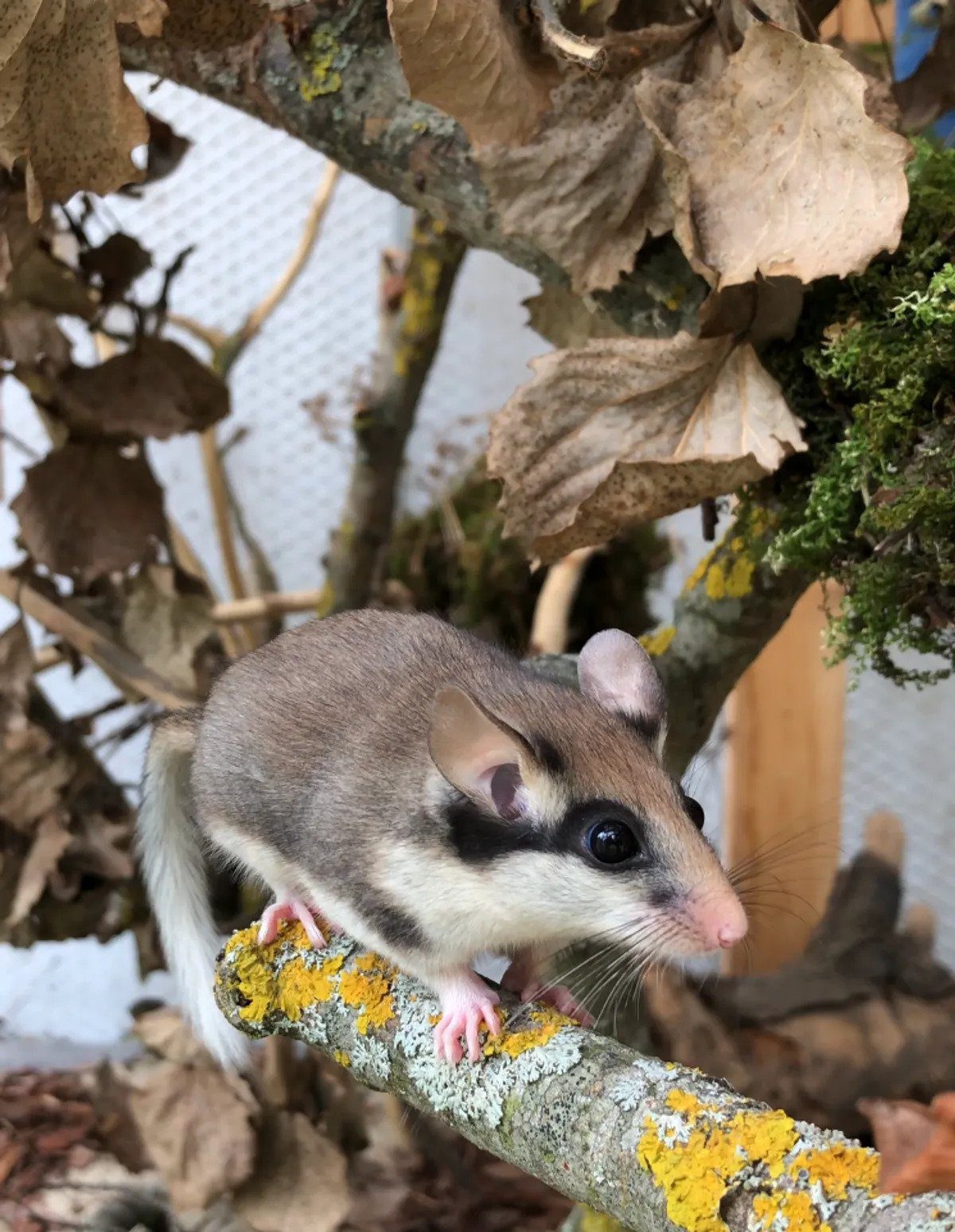There are many mysteries in the animal kingdom, some of which scientists have spent years unlocking the answers to, and some that might remain mysterious for a few decades yet. One of these unusual phenomena is the case of glowing animals. Photoluminescence in different mammal species has been discovered in the duck-billed platypus, squirrels, and the springhare. Now, the garden dormouse (Eliomys quercinus) is joining the ranks as the latest critter with the potential to glow.
By looking at museum specimens, as well as hibernating and dead dormice, researchers discovered that the tiny rodents glow under ultraviolet (UV) light. Hibernating dormice have fur that glows bright red under UV light through a yellow filter, while their tiny noses and feet glow a greenish-blue. Comparing the live mammals to museum specimens showed that the fur glows more vibrantly red in the living rodents.
Photoluminescence in the animal kingdom occurs when photons of UV light are absorbed and reemitted at longer wavelengths by proteins or other organic compounds.
While the animal world is not short of glowing creatures, from geckos to puffins, what has eluded scientists is why these animals are photoluminescent. In mammal species, various explanations have been suggested: for duck-billed platypus, for example, it could be part of interspecies interactions, while in springhares, the unusual patchy appearance of their photoluminescence suggests it could be used as camouflage.
The garden dormouse is listed as near threatened by the IUCN and is endemic to Europe. Due to habitat loss, the population of dormice is declining. A highly nocturnal species, the garden dormouse spends its time scurrying around woodlands and actively avoids bright moonlight preferring to forage in the very darkest of nights.
Garden dormouse under normal light conditions. Image Courtesy of Grete Nummert
Museum specimens were examined for photoluminescence, which was found in all 14 dormice tested, with a bright green glow and some red coloring found on each under different UV light conditions. A hibernating female dormouse was found to be very bright pink under UV light, and a recently deceased dormouse was not as bright on the body as the live female but did have a brighter green photoluminescent tail.
Comparison of live (top), dead (middle), and museum specimens (bottom row) of dormice under UV light and with a yellow filter. Image courtesy of Karmel Ritson and Grete Nummert
The team think photoluminescence in dormice is not a sex-specific trait because both male and female dormice were found to glow under UV light. Differences in the vibrancy of the glow can be attributed to the age of the specimens and the likely breakdown of the pigments over time. However, why these mammals continue to glow remains a mystery that is yet to be explained.
The paper is published in Zoology.
Source Link: Garden Dormouse Is Latest Mammal To Glow Under UV Light, But Scientists Can't Explain Why
